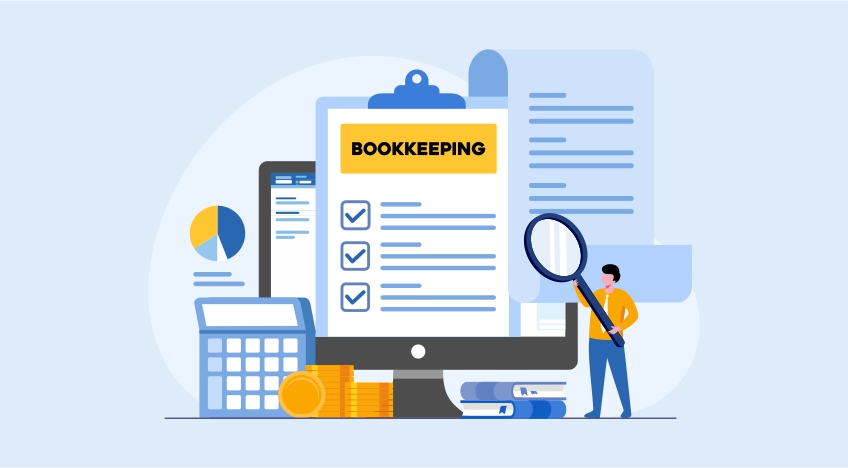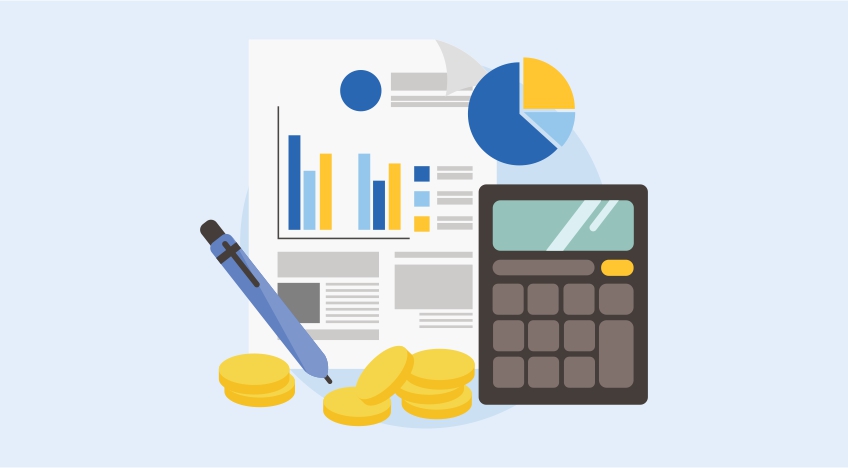- What is the payback period?
- Example of payback period
- What is a good payback period?
- Is the payback period the same thing as the break-even point?
- How do you calculate the payback period?
- What are some of the downsides of using the payback period?
- When would a company use the payback period for capital budgeting?
- Opportunity to add a payback calculator
When you invest money, you want to make more money from your investment. Ideally, you would make a huge amount, and the worst-case scenario would be causing a loss. At the very least, an investor should be able to recover the initial investment. The time taken to recover this initial investment is called the payback period. A short payback period is desirable for an investor looking to invest with low risk. It is one of the metrics used to evaluate the return on investment and suitability of a project or investment by investors.
|
How to choose the best accounting software for small businesses
|
What is the payback period?
The time it takes to recover an investment is the payback period, and it can also be described as the time it takes to break even and have the initial amount you invested back in your hand. The money that you make after this payback period will be a profit.
The payback period is an essential factor when choosing between different investment options. Some projects have relatively short payback periods while others have longer ones. The payback period affects the risk that is involved in the investment. When you budget your capital, you must consider how many years it takes for the project to pay for itself. So, if it would take 7 years for you to make the money that you put into the project or investment, the payback period is 7 years. The payback period is an important part of the return on investment calculation that also includes other metrics. However, the payback period calculation merely estimates the time taken to recover the initial amount and does not include the time value of money.
Example of payback period
Let us take the example of a company investing in new equipment that will cost them 40,000 Taka. This equipment will enable them to ramp up production and generate 20,000 Taka additional cash flow annually. This would mean that the payback period for this investment is 2 years. The company also estimates for additional machinery that will cost 30,000 Taka and save 6,000 Taka annually, and the payback period is 5 years. If the company only has cash for one of these projects and were to choose based on the payback period, the investment with the shorter payback period would be the better choice.
What is a good payback period?
The ideal payback period differs across industries and projects, and the payback period is an excellent metric to use when comparing projects. When all other factors are similar, a company or individual can use the payback period to choose one over the other.
Is the payback period the same thing as the break-even point?
The payback period is not the same as the break-even point. The payback period is the time period (usually in years) that it will take for the investor to recover the initial investment. So, it is a measure across potentially many future accounting periods over which the investment can be recovered and not on a single income statement. The payback period calculation is usually used to make decisions on capital expenditures. It does not include the time value of money or any calculation relating to the cash flow after the payback period.
The breakeven point is the amount of money a company must make to cover its expenses and costs. So, in accrual accounting, when a company reaches break-even, the income statement will show a balance of 0. It is calculated by dividing fixed expenses by the contribution margin ratio for the period.
So, while the breakeven point is the amount of money the company has to make, the payback period measures the time that will be taken to recover an investment.
How do you calculate the payback period?
The formula to calculate the payback period is :
Payback Period = Initial Investment Cost / Cash Inflow For That Period
So, if an investment of 20,000 Taka is made and will give returns of 10,000 Taka per year, the payback period is calculated as:
payback period = 20,000 / 10,000 = 2 years
What are some of the downsides of using the payback period?
The payback period is a quick and easy method of calculating one of the factors of return on investment, but it does have its disadvantages as follows:
- Additional cash flows and asset life span: The payback period does not consider any cash flows after the payback. An asset’s lifespan or the investment’s returns after the payback period are not considered.
- Cash flow complexity: Cash flows from an investment are not always uniform. The formula does not allow for any variations or complexities in capital investment. IT also does not study investments made in installments rather than a lump sum.
- Profitability: The investment may or may not be profitable. But, the payback period does not consider the profitability of the investment or project. So, the investor may think that a short payback period is better than considering the profitability of the entire investment.
- Time value of money: The time value of money (TVM) concept states that money today is worth more than it could be later because of its investment potential. TVM is not considered in the payback period
- Isolation: The payback period of a particular investment in machinery or equipment only considers that equipment in isolation. There could be other issues in different parts of the process in production that cause delays and losses. The payback period does not consider this.
- Averaging calculations: The cash flow amount may be based on the value in previous years. But, any mistakes or misjudgments in the calculation of cash flows may skew the payback period
When would a company use the payback period for capital budgeting?
Companies usually spend readily when they have liquidity. However, a liquidity crunch would mean the company would have to make capital investment decisions wisely. Liquidity issues would necessitate that the company prefers the investment that would give quicker returns on the investment. So, an investment with a shorter payback period would be preferable.
Opportunity to add a payback calculator
A payback calculator is a useful tool for decision-making. A software tool for calculating the payback period will help you choose between different project options and their return periods.
Read More:











